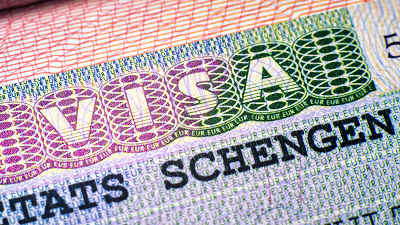New Delhi,(Asian independent) India had the second-highest number of Schengen visa rejections worldwide in 2022, leading to an estimated loss of Rs 87 crore on canceled trips.
According to recent data by Schengen Visa Info, a total of 1,21,188 visa applications from India were rejected, with the rejection rate standing at 18 per cent.
One Schengen visa application costs 80 euros or Rs 7,260.
Indians spent a total of over Rs 487 crore on Schengen visa applications alone, for 6,71,928 applications in 2022.
Out of Rs 487 crore, more than Rs 87 crore was lost on the 1,21,188 visa applications that were rejected.
Estonia rejected the highest share of visas from India in 2022 — 56 per cent of 1,986 applications. Malta declined 506 of 1,220 Indian visas at a 45 per cent rejection rate, followed by Slovenia, which rejected 44.5 per cent of 2,732 visas.
In contrast, Germany had the lowest rejection rate for Indians, having rejected only eight out of 6,345 Schengen visas at the Bengaluru consulate, one application in Kolkata and two in Chennai, according to Schengen Visa Info.
Italy and Hungary were next in line, with rejection rates of 11.5 per cent (794 of 6,909 visas rejected) and 12.1 per cent (1,098 of 9,046 visas rejected), respectively.
As travel bounced back, there was a 415 per cent rise in Schengen visa applications from India last year.
Algerian nationals were refused Schengen visa applications the most in 2022, with a total of 179,409 visas not being issued with the total rate of not issued uniform visas reaching 45.8 per cent.
The top ten countries with the highest rejection rates spent 64 million euros for a total of 804,725 visa applications denied, while in 2021, the expenditure was exponentially lower, as 237,041 applications were rejected, corresponding to 18.9 million euros.
Some of the most common reasons for Schengen visa rejections include incomplete or incorrect application, insufficient travel health insurance, lack of proof of financial means in addition to risks associated with illegal immigration.








